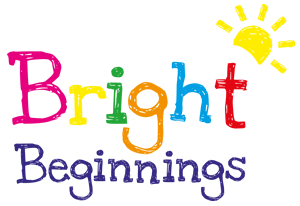Supporting children with Sensory Differences in the Early Years
“When a child’s behaviour seems inappropriate, look beyond the surface—you may find a nervous system overwhelmed by the world, not a child being difficult.”
During our last staff meeting our team of practitioners accessed a training delivered by Leeds City Council Inclusion Team. As a team, we have learnt about our senses and the wide scope of variations in the way people perceive and respond to sensory input—such as sights, sounds, smells, textures, tastes, balance, and internal body signals (like hunger or pain). These differences can occur in anyone but are especially common in people who are neurodivergent (e.g., autistic, ADHD, sensory processing disorder). If you would like to learn more about Sensory Differences and strategies that you might find helpful, please read this helpful Parents Guide.
Children’s behaviour in the early years can be deeply influenced by sensory processing differences, as their developing brains work hard to make sense of the world around them. When sensory input—like noise, touch, or movement—feels overwhelming or confusing, children may react in ways that seem challenging, such as becoming distressed, avoiding certain activities, or showing impulsive behaviour. These responses are often not intentional but are efforts to cope with discomfort or confusion. Understanding the sensory reasons behind a child’s behaviour will allow our team to lead to more compassionate support and more effective strategies for helping children feel safe and regulated.
The Inclusion Team from Leeds City Council has provided us with the SENSORY SEQUENCES strategy, which is a structured, movement-based strategy inspired by Sensory Circuits (click to find out more) often used at schools, but too structured for younger children. Sensory Sequences are designed to help children regulate their sensory systems, preparing them for learning and supporting positive behaviour. It typically consists of a short sequence of physical activities—divided into alerting, organising, and calming stages—that target different aspects of sensory processing. By moving through these stages, children learn to better regulate their arousal levels, which in turn supports emotional control, focus, and social behaviour. Sensory Sequences are especially helpful for children with sensory processing difficulties, autism, ADHD, or emotional regulation challenges, offering them a proactive and supportive way to start the day or reset when needed.








